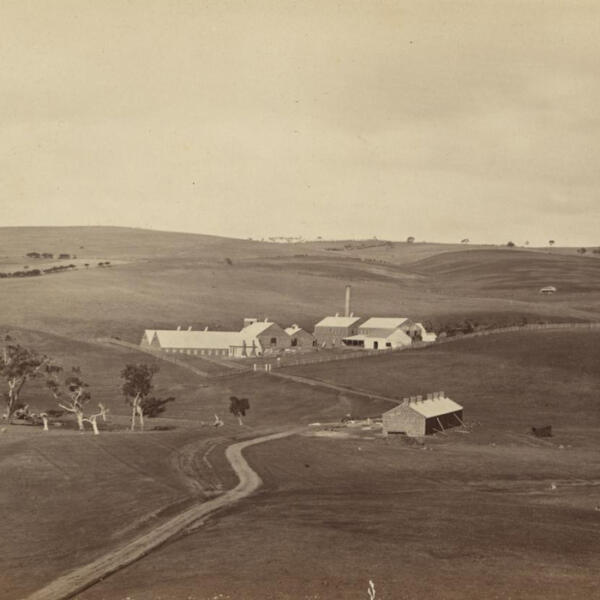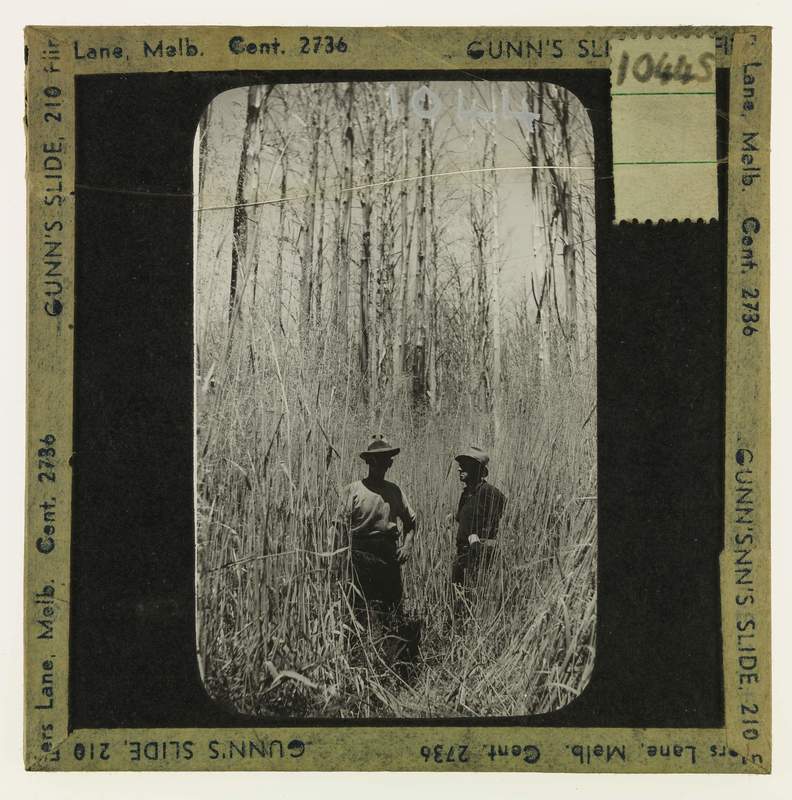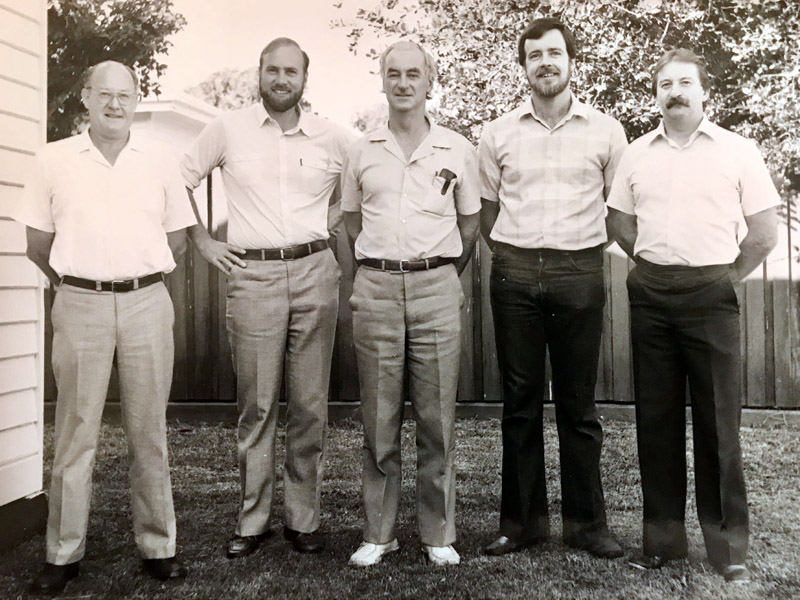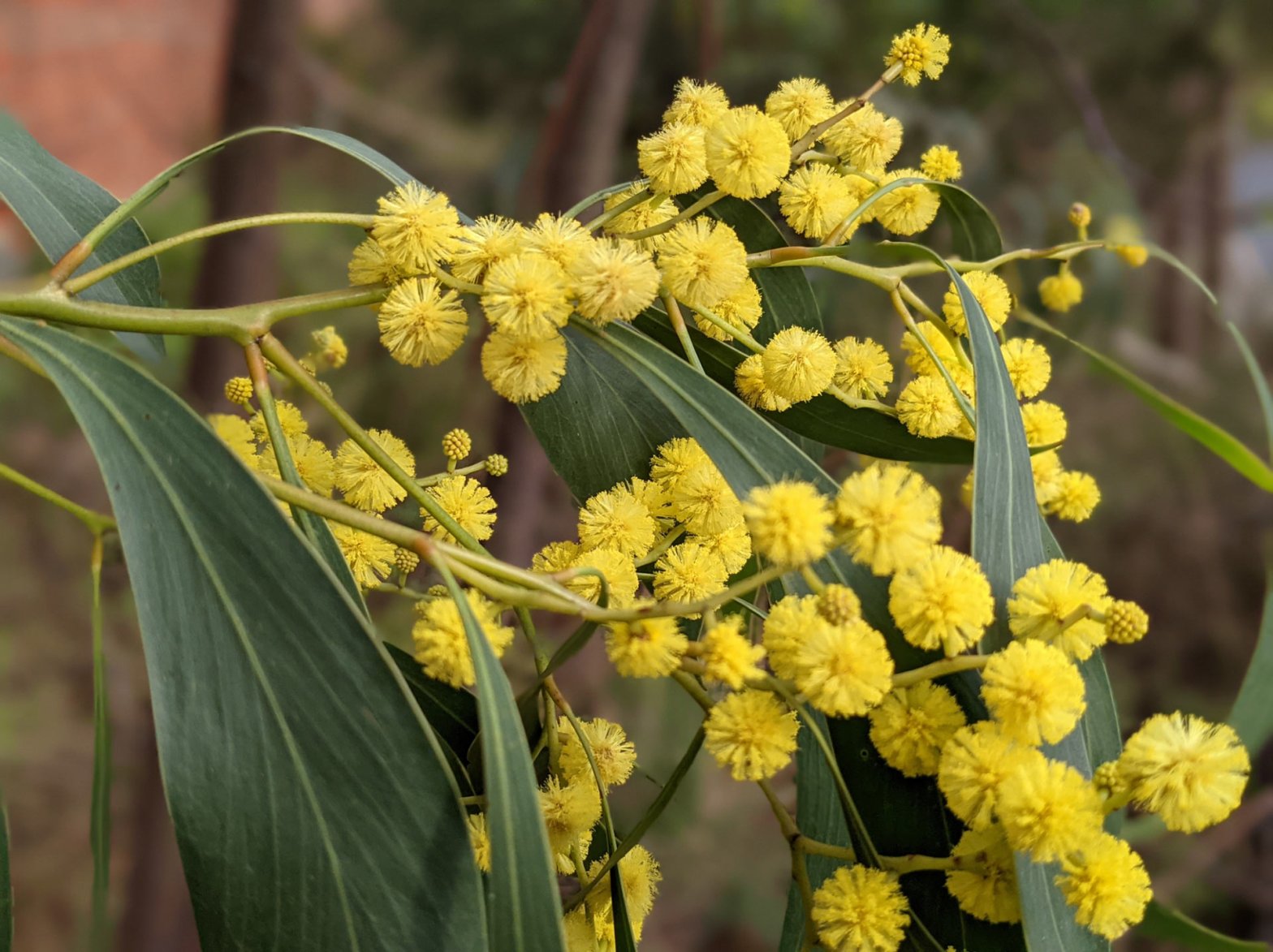Building the Fyansford Paper Mill, on the Barwon River near Geelong, commenced in the 1870s and was completed in 1878. When the site opened, it was claimed to be one of the most advanced paper mills in the southern hemisphere. At the time, there were seven paper mills in Australia and Fyansford is one ofContinue reading “Fyansford Paper Mill.”
Monthly Archives: September 2023
Sugar Gum.
Sugar Gum (Eucalyptus cladocalyx) originates in South Australia in three distinct populations: the Flinders Ranges, Eyre Peninsula and Kangaroo Island. Sugar Gum is also widely planted across the drier western district of Victora as a windbreak or shelterbelt and for durable farming timber as well as magnificent firewood. Sawn timber harvested from sugar gum hasContinue reading “Sugar Gum.”
RC-16B radio phone.
In the wake of the 1939 bushfires, the Forests Commission invested heavily in a radically new communications network. After suffering some inevitable delays due to the war, radio VL3AA switched into full operation in October 1945 proudly beaming out 200 watts across the State. The RC-16 radio phone had been designed and built by theContinue reading “RC-16B radio phone.”
Wallaby Creek Catchment.
The Wallaby Creek catchment was vested with the Melbourne and Metropolitan Board of Works (MMBW) in 1872. The catchment, which is north of the Great Dividing Range, was part of the first system of reservoirs and aqueducts suppling water to Melbourne. The Yan Yean Reservoir was completed in 1857 and Toorourrong Reservoir was added inContinue reading “Wallaby Creek Catchment.”
Giant Mountain Grass
The recovery of the mountain ash forests after an intense bushfire is remarkable. From a blackened and seemingly desolate landscape, new life soon begins. Giant mountain grass, (Dryopoa dives – previously known as Festuca dives and Glyceria dives – bloody botanical taxonomists), grows back quickly within a few weeks after bushfire. But the old bushiesContinue reading “Giant Mountain Grass”
Peterson’s Lookout.
I spent 40 years as a field-based forester and firefighter in rural Victoria, mostly around the Powelltown and Central Gippsland forests. And while it had its ups and downs, like any job, I mostly enjoyed my career. But one of the things that upset me the most, were the small number of people (bogans IContinue reading “Peterson’s Lookout.”
CFL Regions.
The Department of Conservation, Forests and Lands (CFL) came into effect on 1 September 1983 after a short Act of State Parliament. The Forests Commission Victoria (FCV), which had existed since 1918 lost its discrete identity and merged into the newly formed mega-department, along with the Crown Lands and Survey Department, National Park Service, SoilContinue reading “CFL Regions.”
The Carver Papers.
Morris William Carver was born on 25 October 1896 at Thorpdale in Gippsland. He enlisted in the AIF in Feb 1918 and set sail from Adelaide, holding the rank of Sergeant, but returned home when the boat was recalled. On returning, Morris got a job on 5 March 1919 with the Forests Commission Victoria (FCV)Continue reading “The Carver Papers.”
Wattle Day – First Day of Spring.
Today, the 1st of September, marks the official beginning of Spring in the southern hemisphere, and wattles are starting to flower in the bush and in gardens around the country. Wattles feature prominently in Australian ceremonies, literature, poetry, art and song from the 1830s to the early 1900s. But until the early 1980s, three setsContinue reading “Wattle Day – First Day of Spring.”








